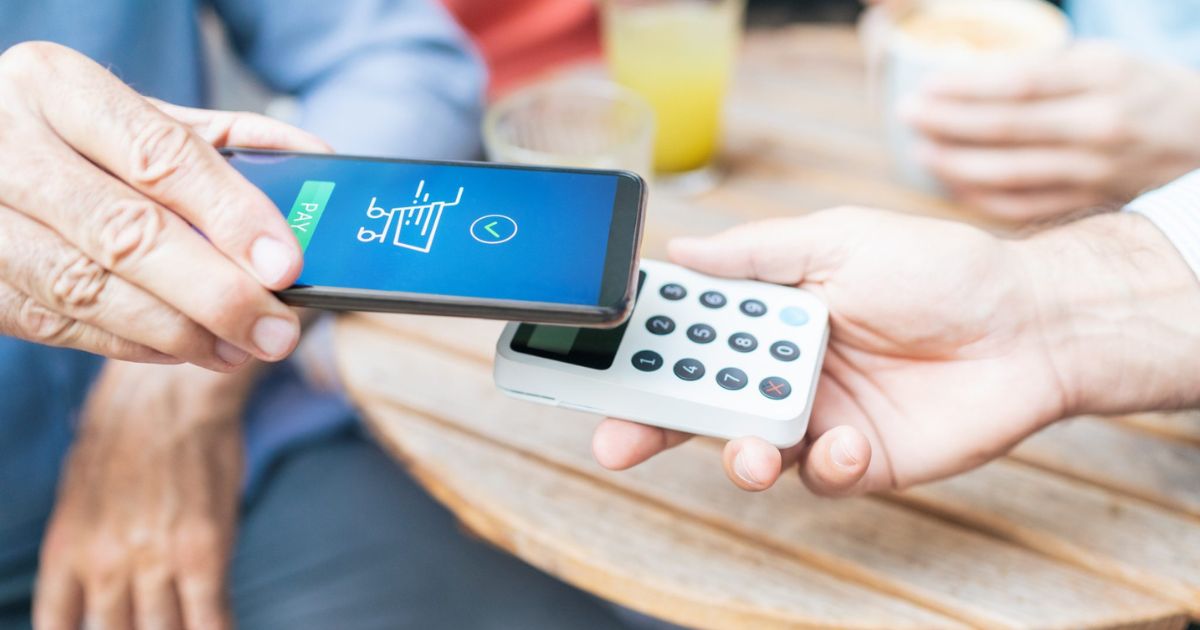
| February 23rd, 2023 |
The Mobile Payments Revolution — How Smartphones & Security are Transforming the Way We Pay!
The rise of mobile payments in recent years has been nothing short of meteoric. In just a few short years, mobile payments have gone from a niche technology used by a small number of early adopters to a mainstream payment method that is used by millions of people around the world.
There are several reasons for the rise of mobile payments. One of the main reasons is the increasing ubiquity of smartphones. As more and more people around the world have started using smartphones, it has become easier for companies to develop mobile payment apps and for consumers to use them. In addition, the rise of mobile payments has been facilitated by improvements in mobile network infrastructure, which have made it easier for people to use their phones to make payments even when they are in areas with poor cellular coverage. Mobile payments have enabled easier access for merchant accounts for use of newer payment options like electronic check which is also known as echeck or echeck payment.
Another reason for the rise of mobile payments is the increasing focus on security. In the past, one of the main concerns about mobile payments was the risk of fraud. However, as mobile payment systems have become more secure, and as consumers have become more comfortable with using them, this concern has diminished.
Finally, the rise of mobile payments has been driven by the increasing convenience that they offer. With a mobile payment app, consumers can make payments from anywhere, at any time, and with just a few taps on their phone. This convenience has made mobile payments, particularly popular among younger generations, who are accustomed to using their phones for almost everything.
By the end of 2023, it’s predicted that more than 7 billion people will be using mobile phones. According to a recent study, 39% of American mobile users made a mobile payment in 2015. According to various projections, this will increase to between 90 and 100 percent by 2024, up from 14 percent in 2014. We can anticipate seeing the mobile payments industry and companies in the field change to suit the rising expectations of customers as a result of this massive growth — and the potential growth that mobile devices bring.
Apps for chat and social networking have also jumped on board. Direct purchases will be possible via social media applications like Facebook and even WhatsApp, which currently has a commerce channel. Beacons, sensors, and big data have already made it easier for businesses to contact customers. Big data will allow businesses and retailers to deliver specific discounts, promotions, flash specials, and even the opportunity to finish a transaction in advance. Due to these factors, the use of mobile payments has increased tremendously to the point where some experts believe they may eventually replace paper money as the most common form of payment worldwide. In conclusion, the rise of mobile payments has been driven by a combination of factors, including the increasing ubiquity of smartphones, improvements in mobile network infrastructure, the focus on security, and the convenience that they offer. As a result, mobile payments have become a mainstream payment method that is used by millions of people around the world.